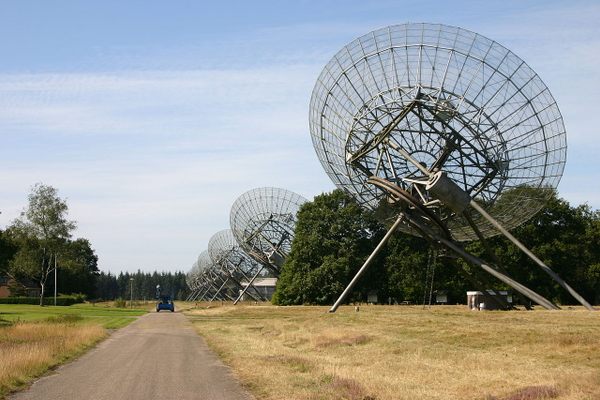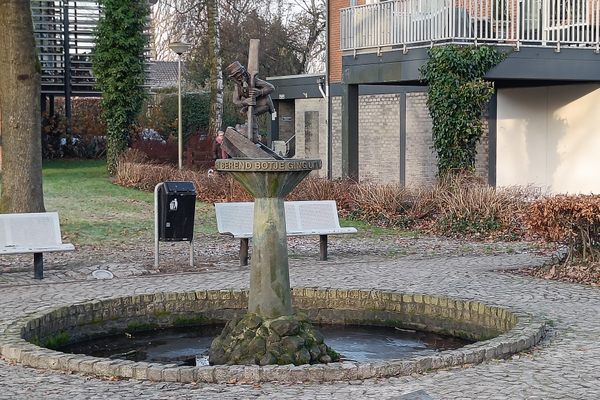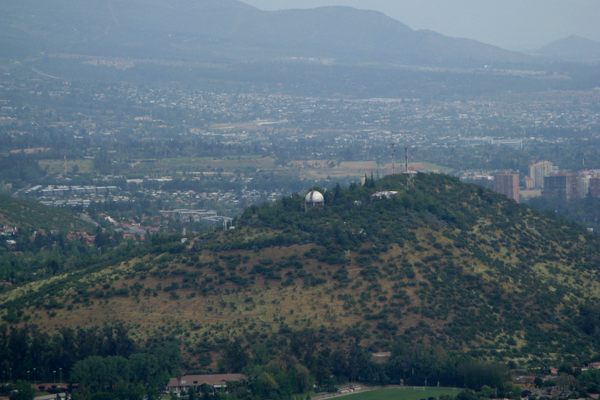AO Edited
LOFAR Superterp
The nerve center of a massive, state-of-the art radio telescope that sprawls across Western Europe.
When standing next to one of the world’s largest telescopes, you might expect that it would tower over you. Well, not when it’s a radio telescope. While it may not be tall, this wondrous piece of equipment is so big that you can’t even tell you’re standing on it.
Built by ASTRON, the Netherlands Institute for Radio Astronomy, the Low-Frequency Array (better known as LOFAR) is the first of its kind - a telescope that uses a gigantic collection of small radio antennae to collect data, rather than processing mechanical signals through a single dish. Made up of around 20,000 antennae, the telescope spans across half of Europe, clustered in 48 antennae banks from the UK to Poland. These stations are connected by fiber optic cables and their digitized signals are combined via a supercomputer at the University of Groningen to form one giant dish. The whole system is centered around this so-called “superterp” in the quiet Dutch countryside.
Because it is so large, LOFAR is able to scan radio frequencies inaccessible to more traditional telescopes. Since it began regular observations in December of 2012, LOFAR has beamed in breakthroughs in how scientists think about the weather, gamma rays, and even other galaxies. Every day it scans the skies, hunting for answers to the origins of the universe, the possibility of extraterrestrial intelligence, and the secrets of black holes. One of the most exciting parts is that the antenna-cluster model allows it to grow continually bigger and better - just imagine what a super-telescope stretching another couple hundred miles could tell us.




















Follow us on Twitter to get the latest on the world's hidden wonders.
Like us on Facebook to get the latest on the world's hidden wonders.
Follow us on Twitter Like us on Facebook